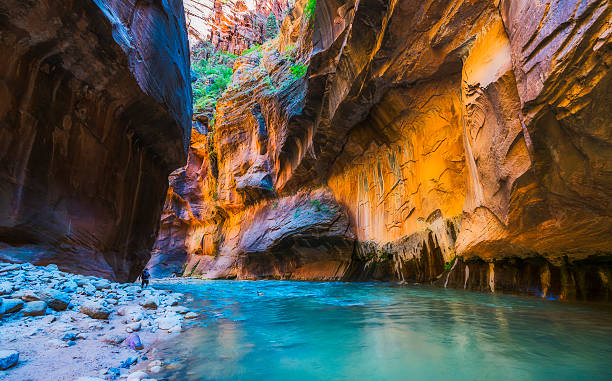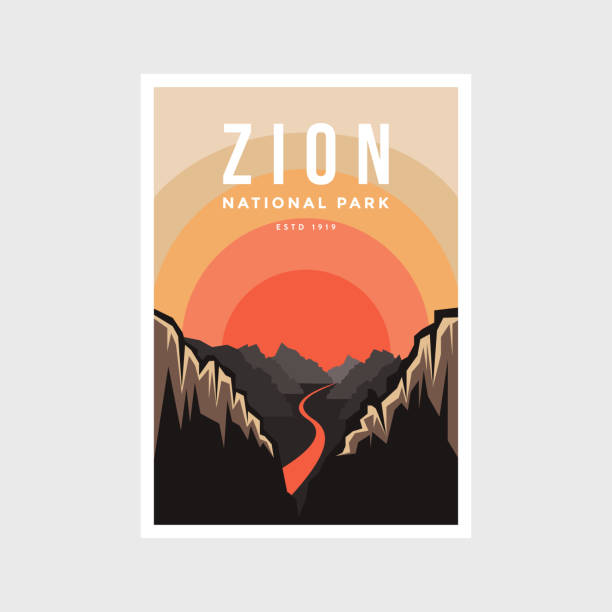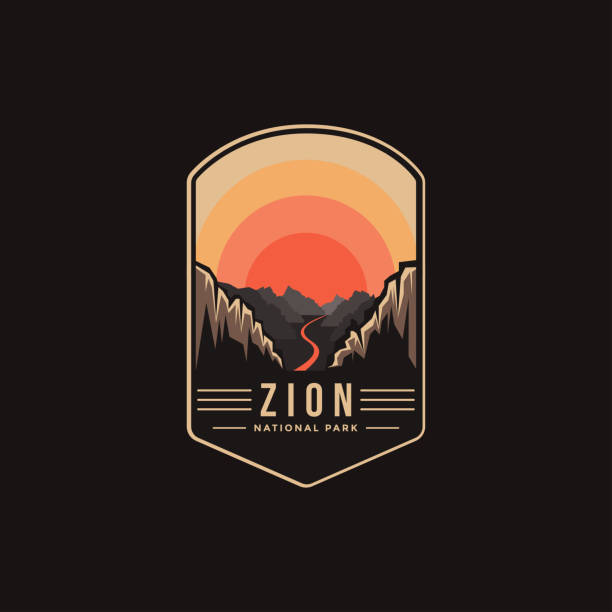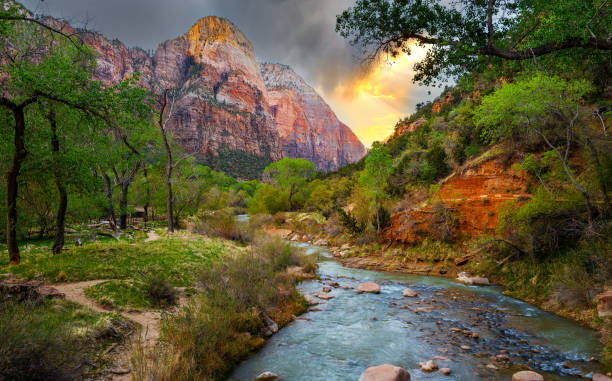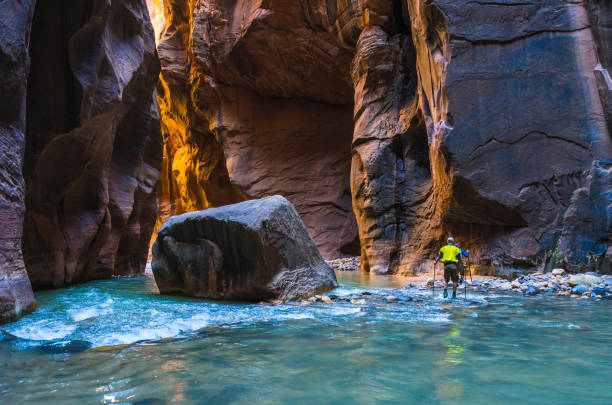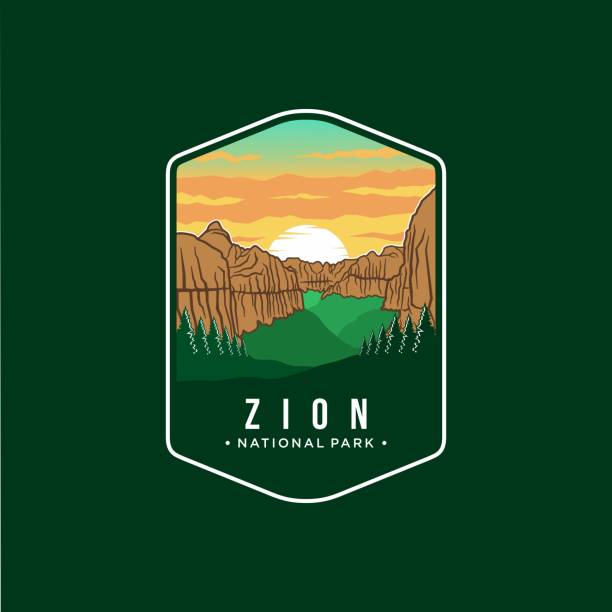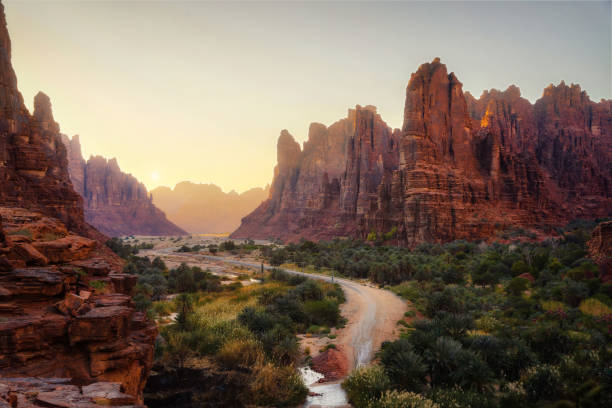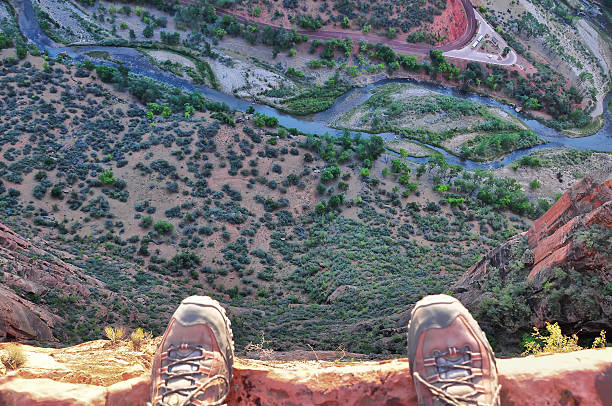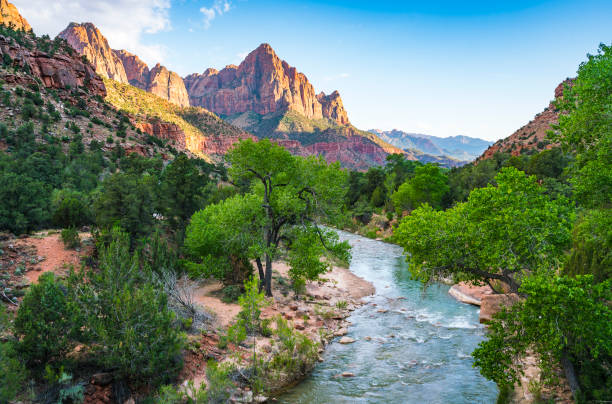
Zion River Pictures, Images and Stock Photos
Browse 12,400+ zion river stock photos and images available, or start a new search to explore more stock photos and images.

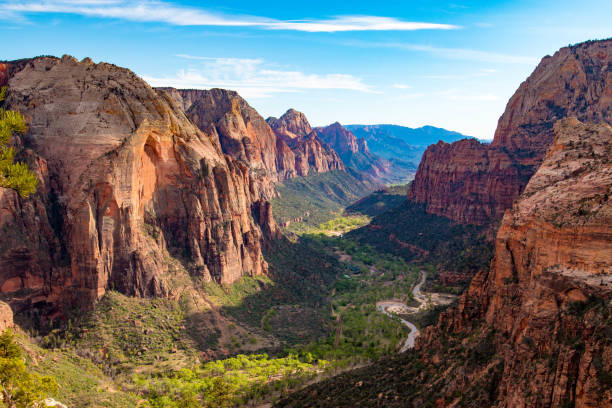
View from Angels Landing, Zion National Park, Utah
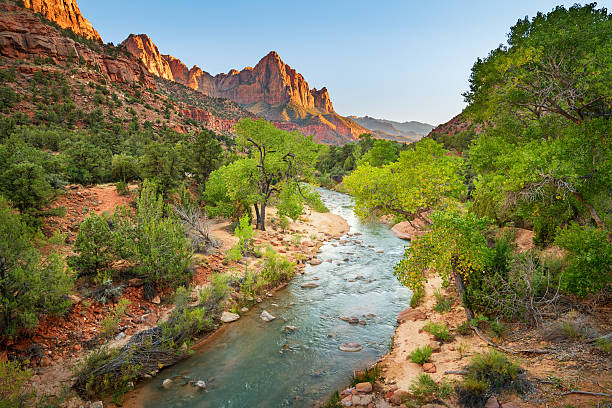
Landscape photo of The Watchman and the North Fork Virgin River at sunset in Zion National Park, Utah, USA.
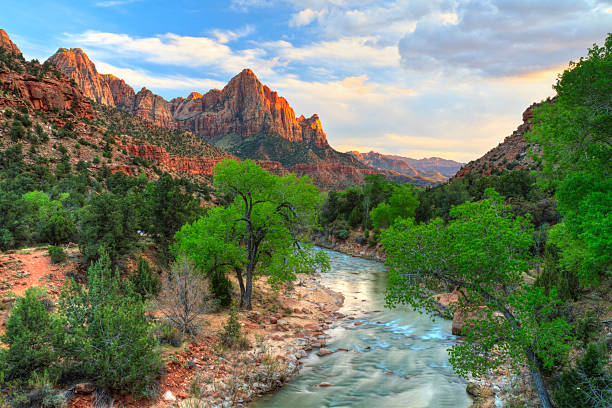
HDR image of the last rays of sun hitting The Watchman with the Virgin River in the foreground in Zion National Park, Utah.
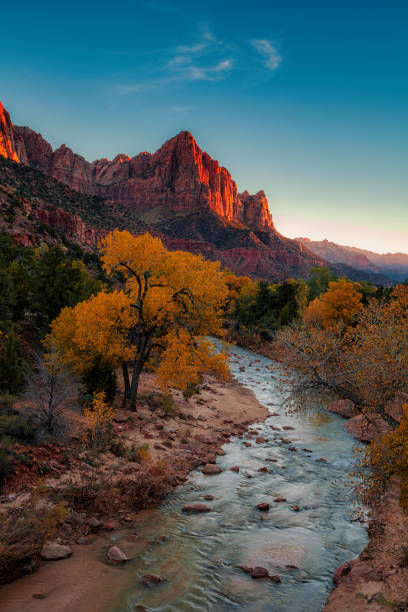
View of the Watchman in Zion National Park at sunset
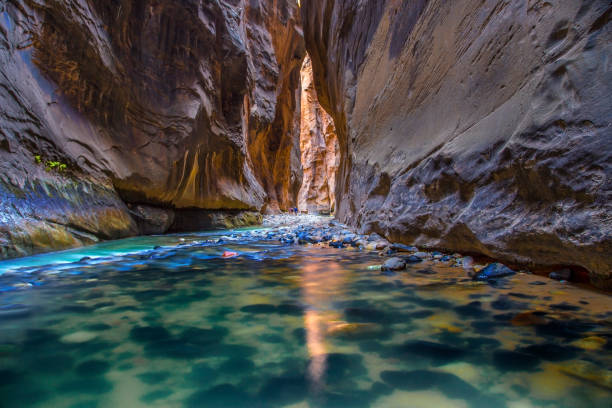
The Virgin River carves its way through The Narrows at Zion National Park, Utah
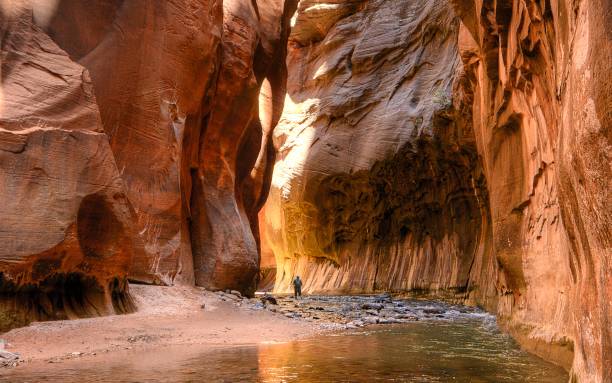
The Narrows of the Virgin River in Zion National Park
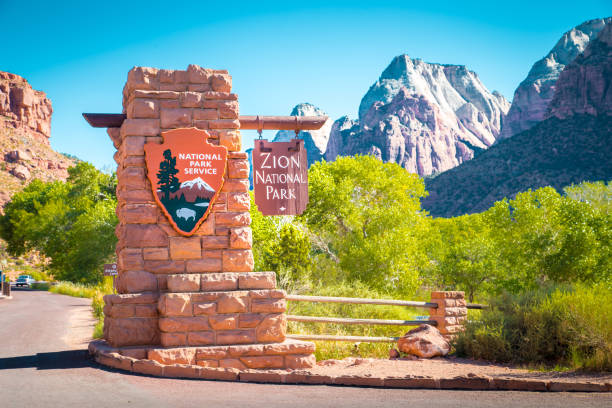
Zion National Park entrance monument sign on a beautiful sunny day with blue sky in summer, Utah, USA
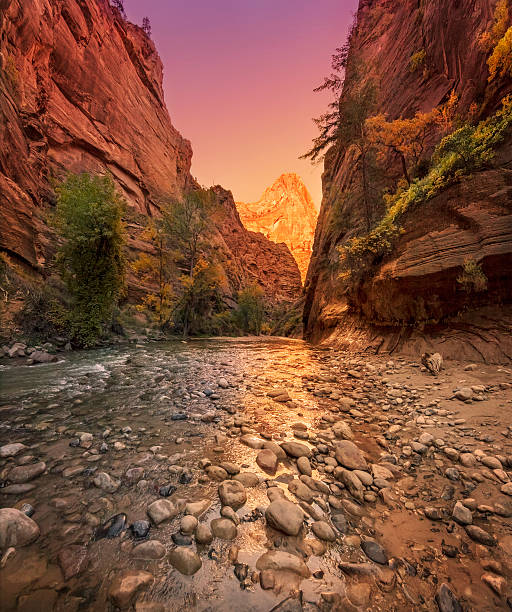
Near The Narrows -- the north end of Zion at sunset. Utah.
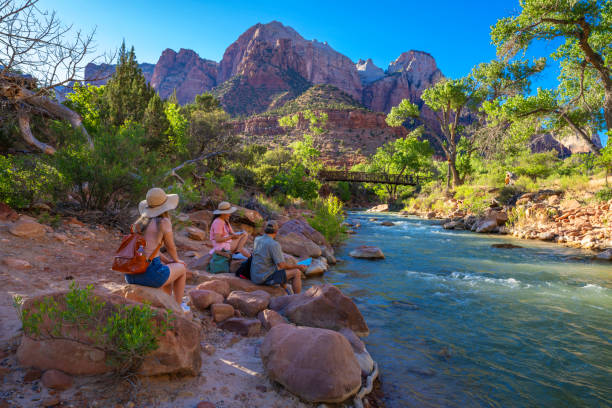
Family sitting by the Virgin River . Pa'rus Trail. Zion National Park, Springdale , Utah, USA.
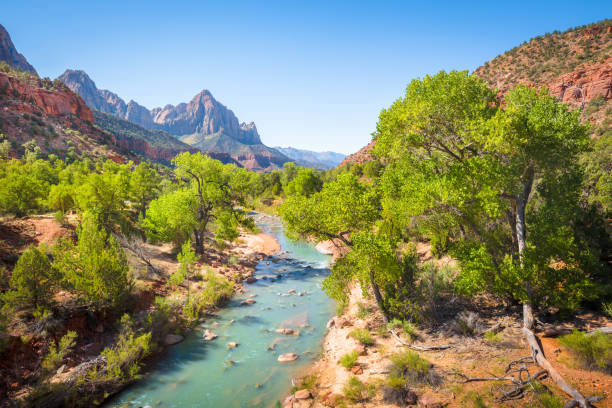
Zion National Park scenery with famous Virgin river and The Watchman mountain peak in the background on a beautiful sunny day with blue sky in summer, Utah, USA
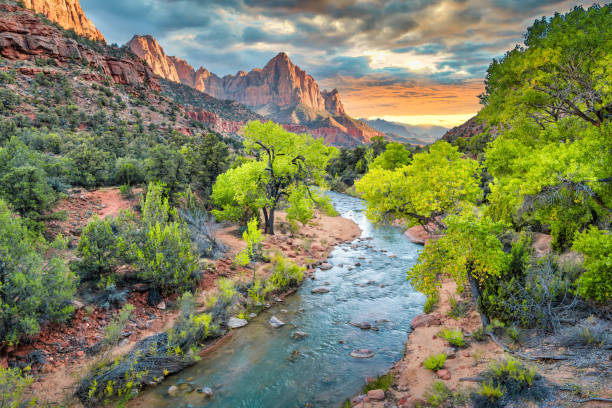
The Watchman and the North Fork Virgin River in Zion National Park, Utah, USA at sunset.
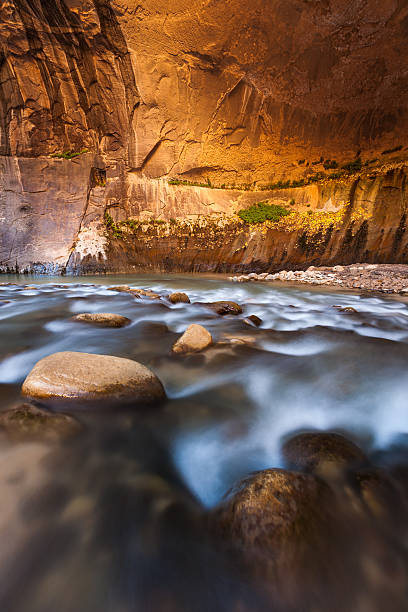
Sandstone wall in the Narrows, Zion national park, Utah.
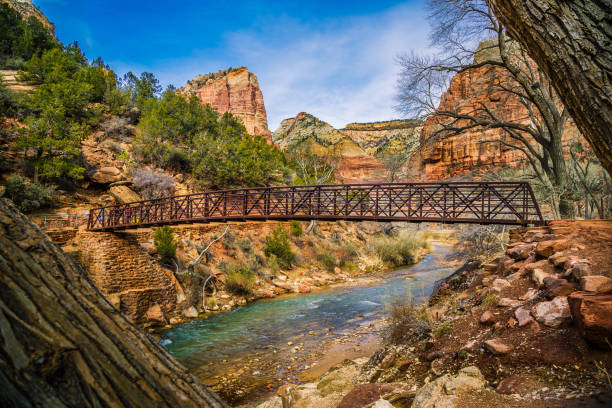
Wooden bridge and scenery in Zion National Park during winter in Utah, USA
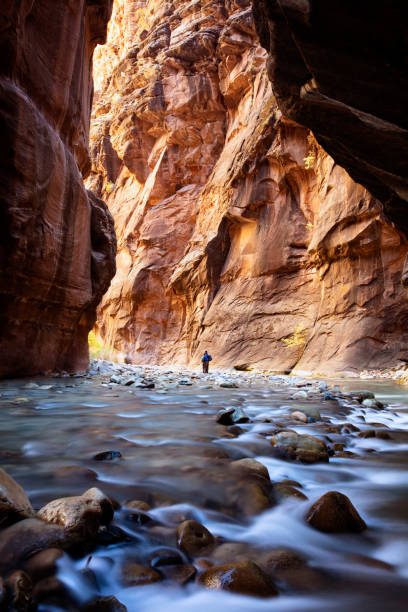
River flowing deep in the Narrows, Zion National Park - Utah
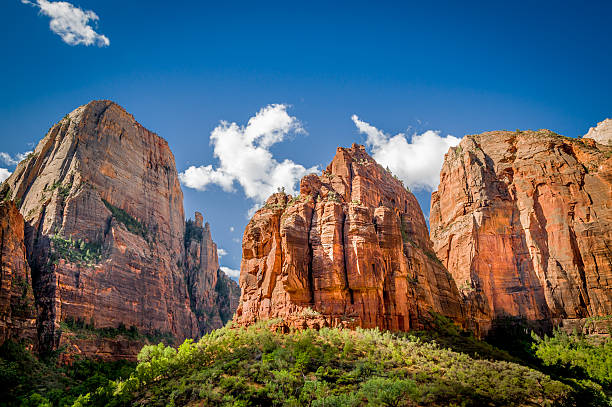
breathtaking view of three patriarchs in zion canyon national park
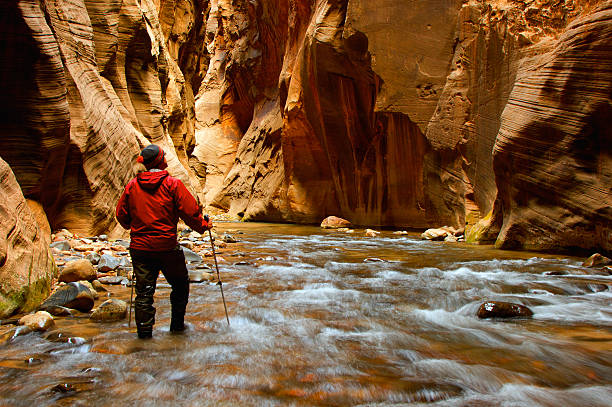
A man hiking into the narrows in Zion National Park, Utah USA.
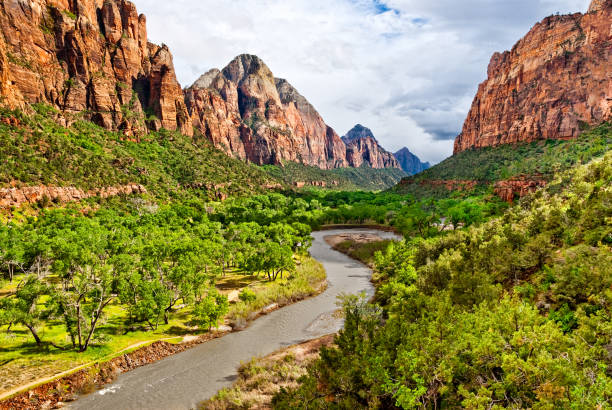
Zion Canyon is a unique and different experience than the Grand Canyon. At Zion, you are standing at the bottom looking up where at the Grand Canyon you are at the top looking down. Zion Canyon is mostly made up of sedimentary rocks, bits and pieces of older rocks that have been deposited in layers after much weathering and erosion. These rock layers tell stories of an ancient ecosystem very different from what Zion looks like today. About 110 – 200 million years ago Zion and the Colorado Plateau were near sea level and were close to the equator. Since then they have been uplifted and eroded to form the scenery we see today. Zion Canyon has had a 10,000-year history of human habitation. Most of this history was not recorded and has been interpreted by archeologists and anthropologist from clues left behind. Archeologists have identified sites and artifacts from the Archaic, Anasazi, Fremont and Southern Paiute cultures. Mormon pioneers settled in the area and began farming in the 1850s. Today, the descendants of both the Paiute and Mormons still live in the area. On November 19, 1919 Zion Canyon was established as a national park. Like a lot of public land, the Zion area benefited from infrastructure work done during the Great Depression of the 1930’s by government sponsored organizations like the Civil Works Administration (CWA) and the Civilian Conservation Corps (CCC). During their nine years at Zion the CWA and CCC built trails, parking areas, campgrounds, buildings, fought fires and reduced flooding of the Virgin River. This view of the red rocks of Zion Canyon was photographed from the Emerald Pools Trail in Zion National Park near Springdale, Utah, USA.
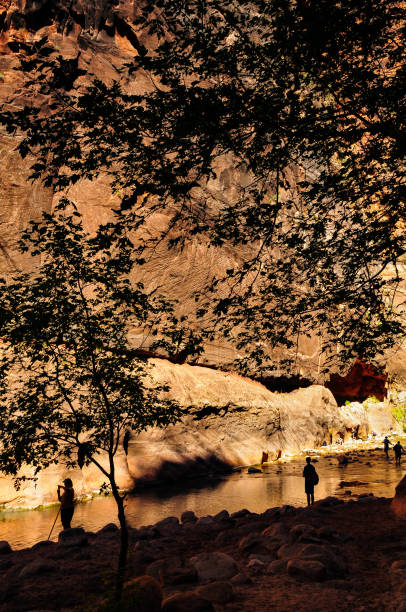
Silhouette of tourists and trees against the sheer sandstone wall of the Narrows of the Virgin River, Zion National Park, Utah, Southwest USA
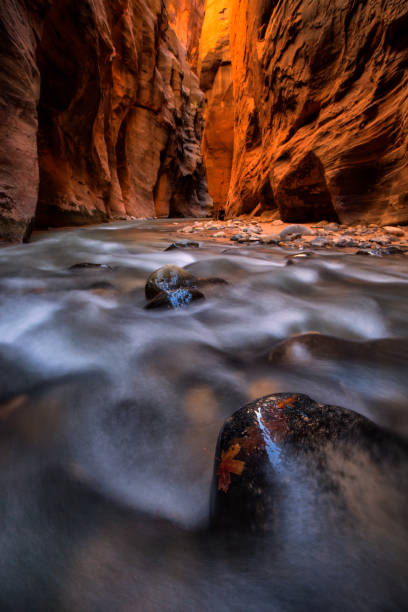
The Narrows and Virgin River in Zion National Park located in the Southwestern of United States, near Springdale, Utah
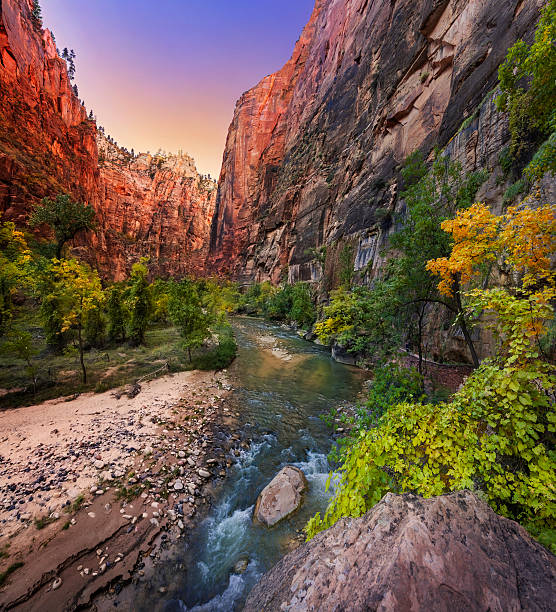
Virgin River, Zion National Park, Utah. Panorama.
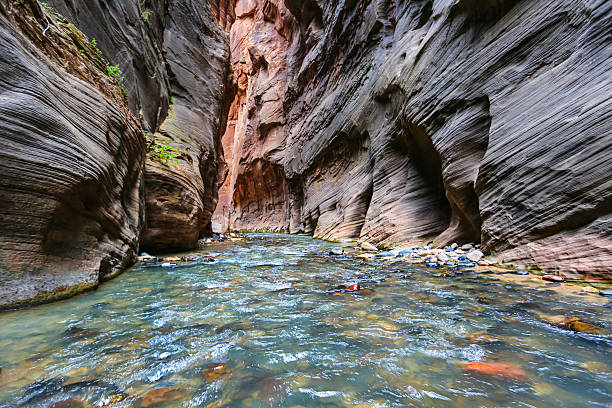
Hiking The Narrows in Zion National Park.
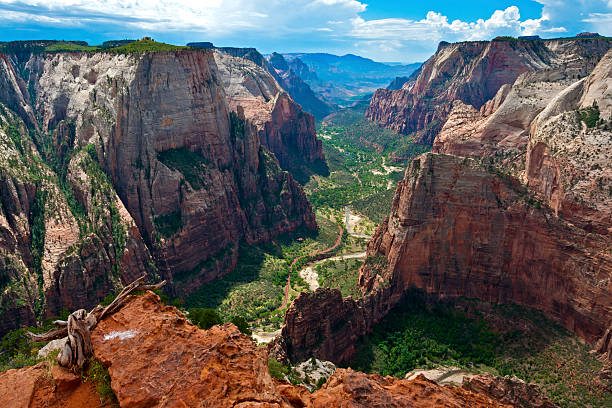
A stunning view of Zion Canyon from Observation Point, from which the famous Angles Landing is also visible.
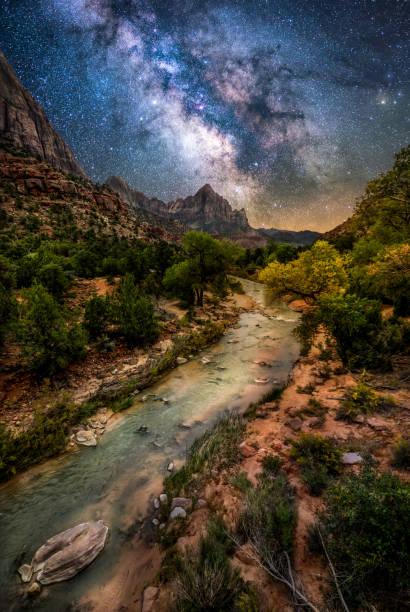
Milky way over Virgin River at Zion National Park. Utah. USA
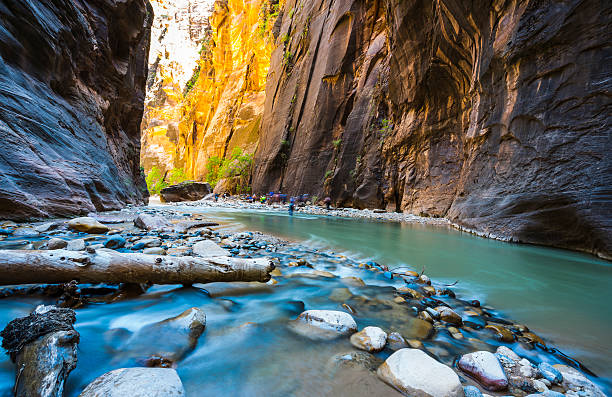
zion narrow with vergin river in Zion National park,Utah,usa.
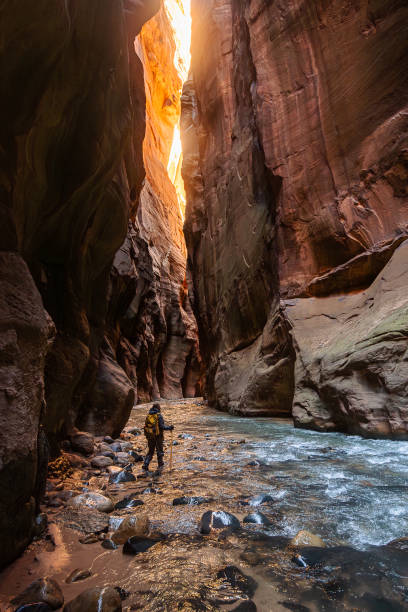
Female walking in the river using walking sticks and carrying backpacks in the Narrows at Zion national park Utah
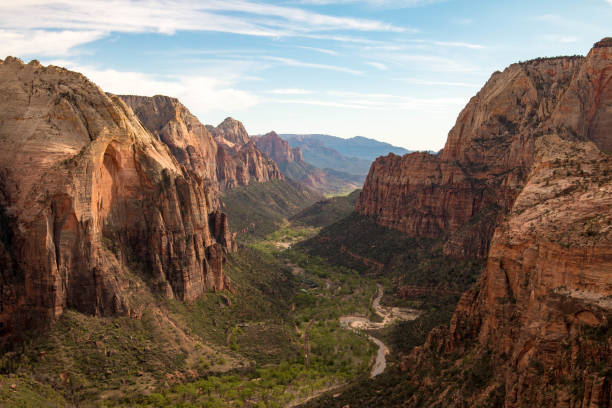
The view from Angels Landing in Zion National Park, Utah, United States
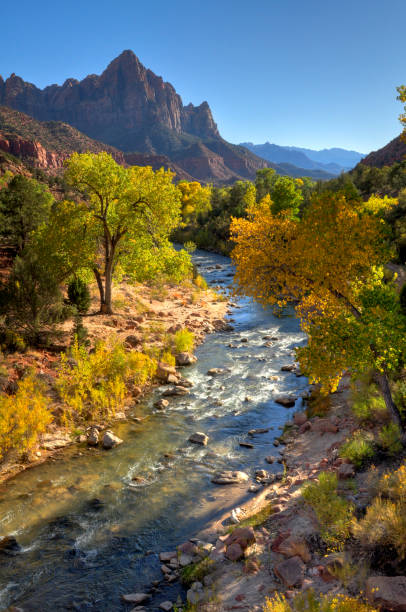
Afternoon light strikes the colorful trees in Zion National Park.
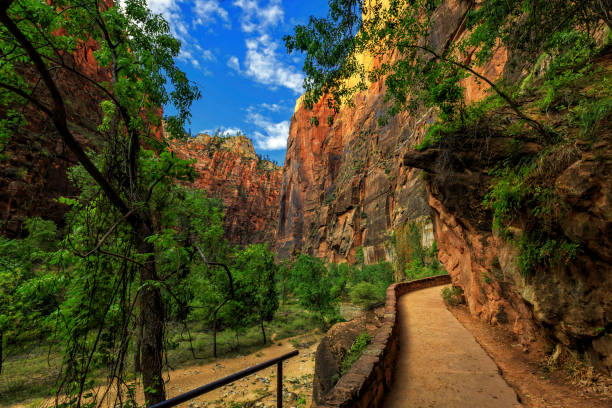
The Riverwalk Trail to the Narrows at Zion National Park
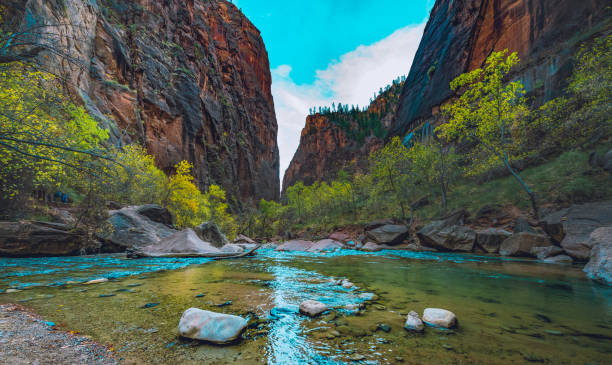
The Virgin River running through high peaks in Zion National Park, Utah, USA.
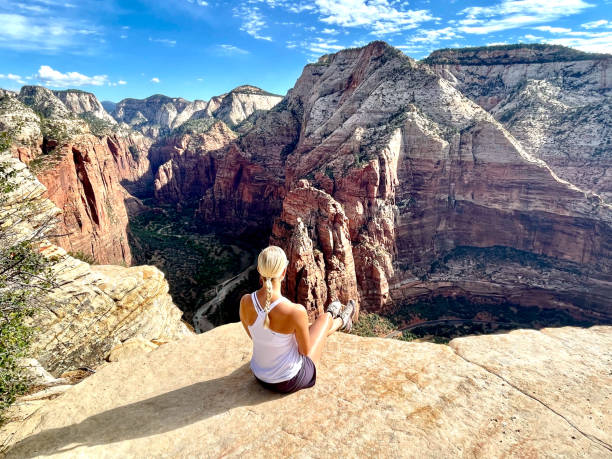
Views from the top of Utah's Zion's National Park hike called Angels Landing. Amazing views with red rocks large canyons and blue skys
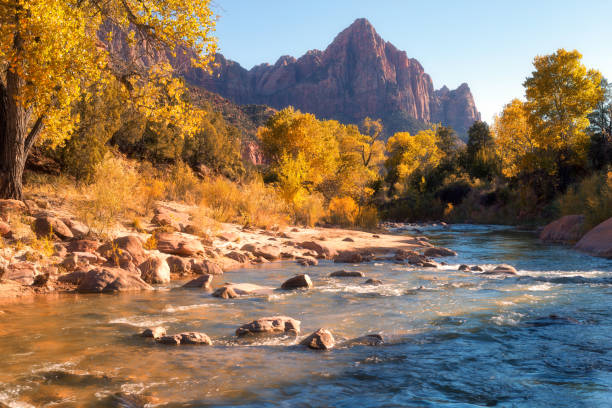
View of the Watchman mountain and the virgin river in Zion National Park located in the Southwestern United States, near Springdale, Utah
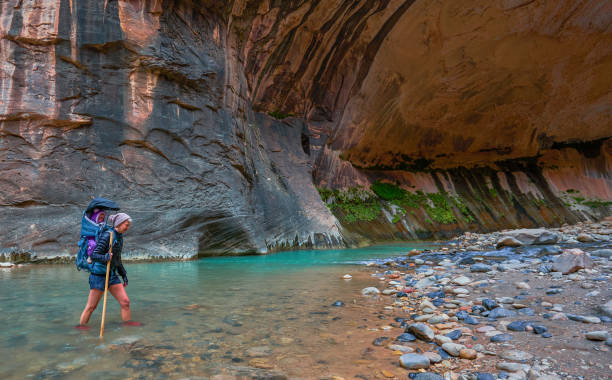
The breathtakingly beautiful scenery of Zion National Park in southern Utah.
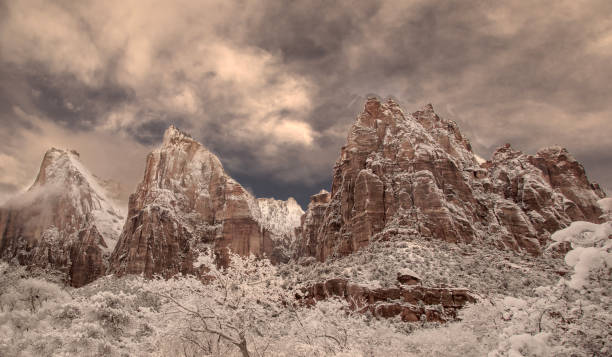
Fresh snow has fallen at the Court Of The Patriarchs in Zion Canyon at at Zion National Park, Utah

Incredible sunset over the Watchman, Zion National Park, Utah.
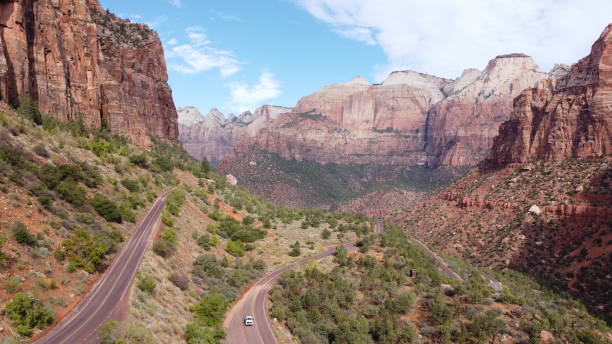
Driving along the Monumental Cliffs at Zion National Park
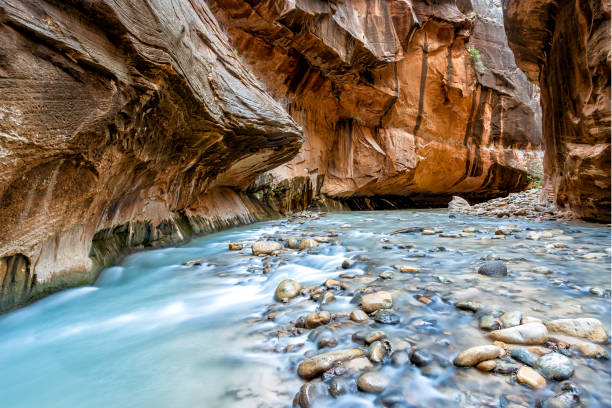
breathtaking scenery while wading through Virgin river in the narrows in Zion National Park, Utah, USA
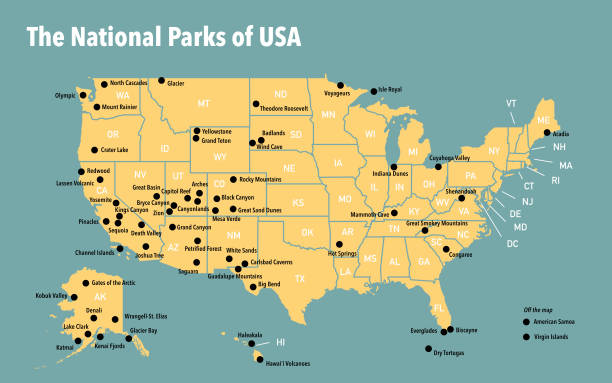
Map with the national parks of the United States. The illustration was created in Apple Keynote. The United States map I used is included as a built-in shape in Apple Keynote.
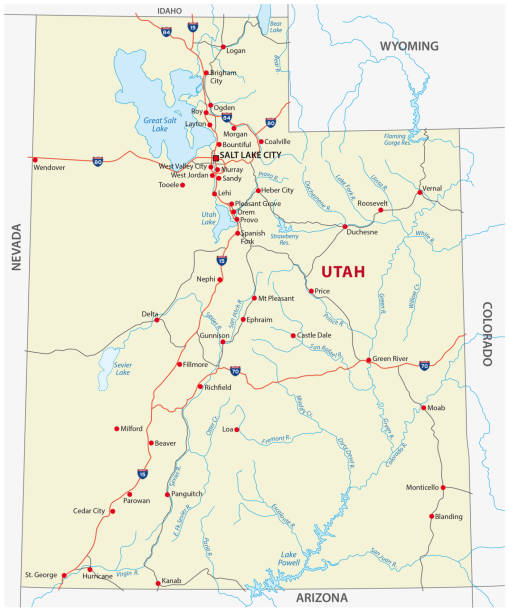
utah road vector map
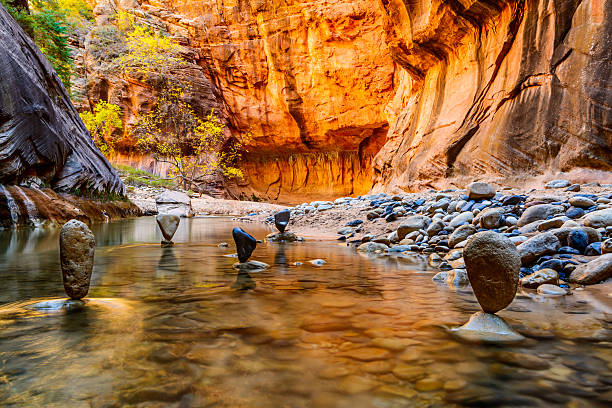
Stones balanced in the waters of The Narrows in Zion National Park. Red sandstone background. Tree with yellow leaves. The time of year is Autumn.

